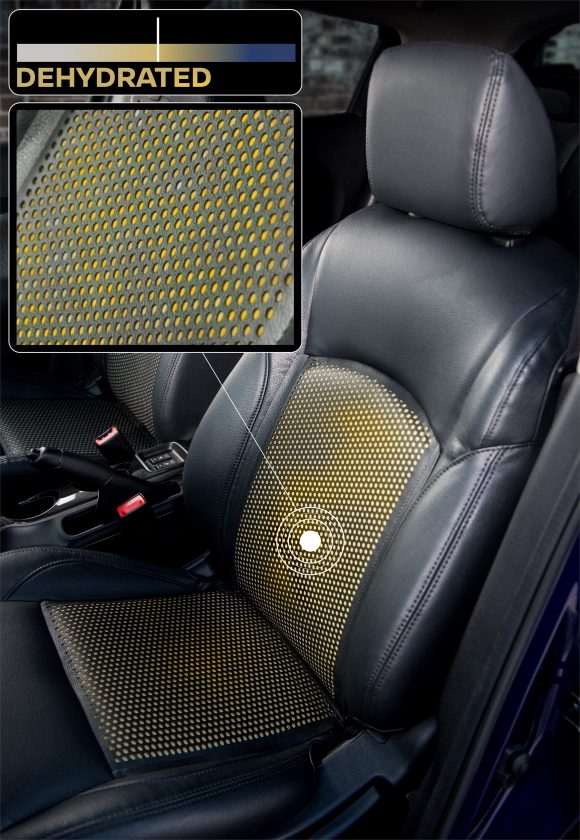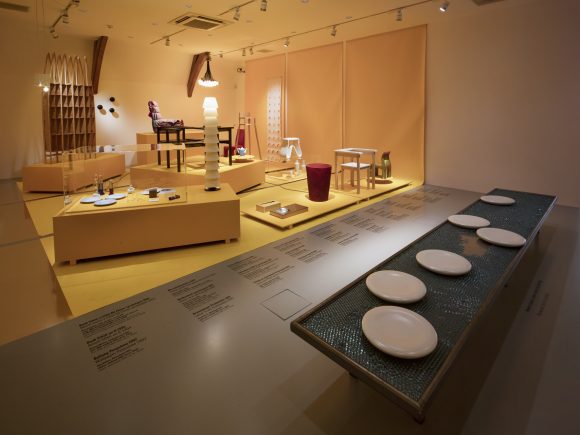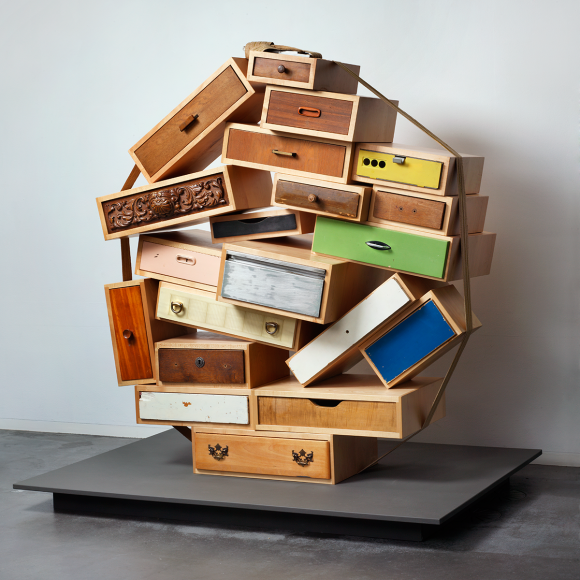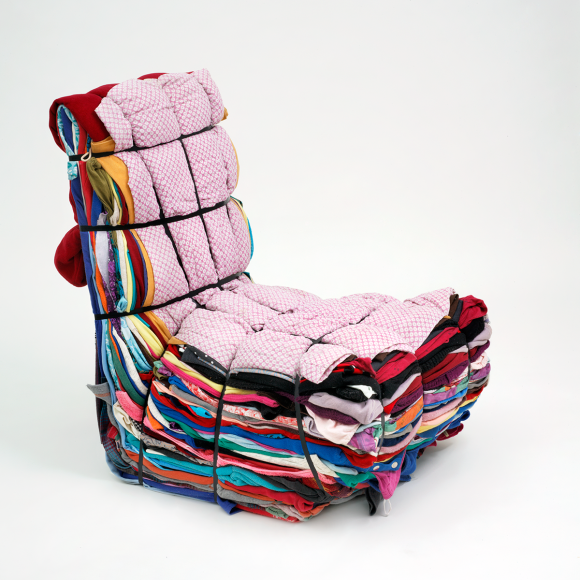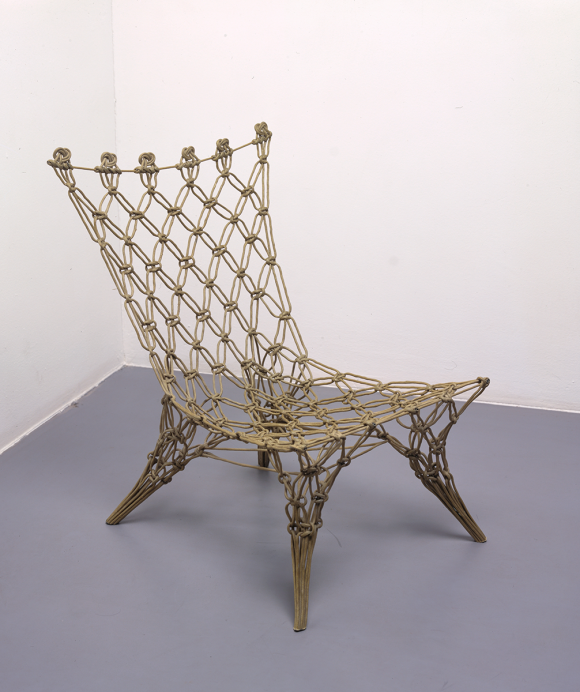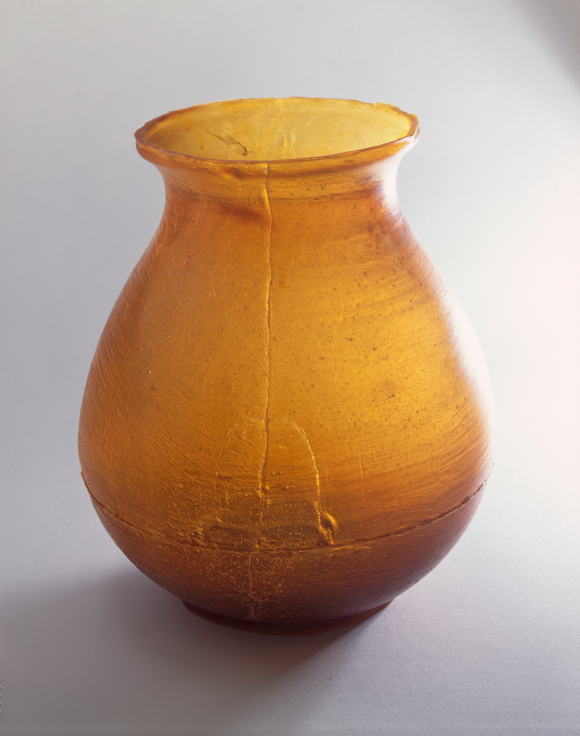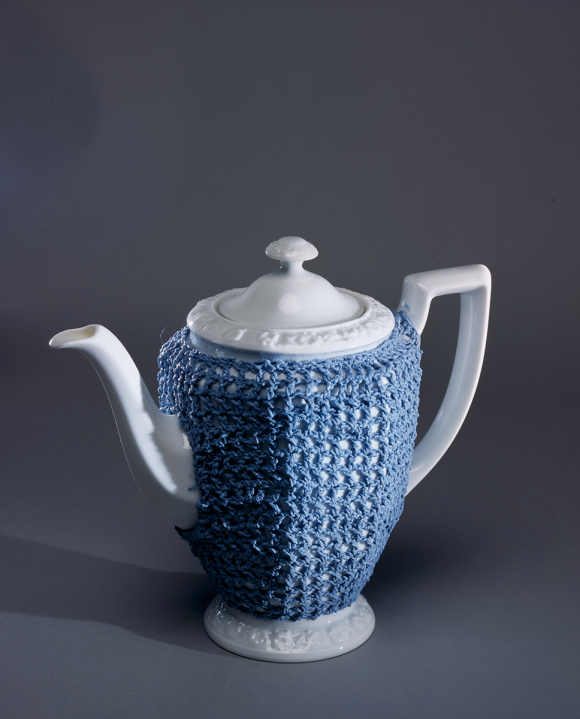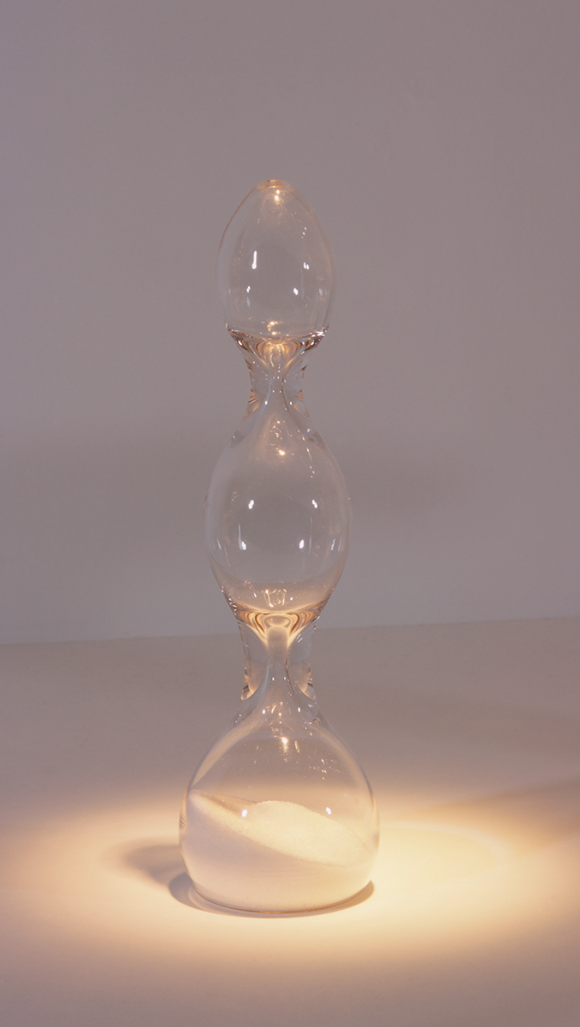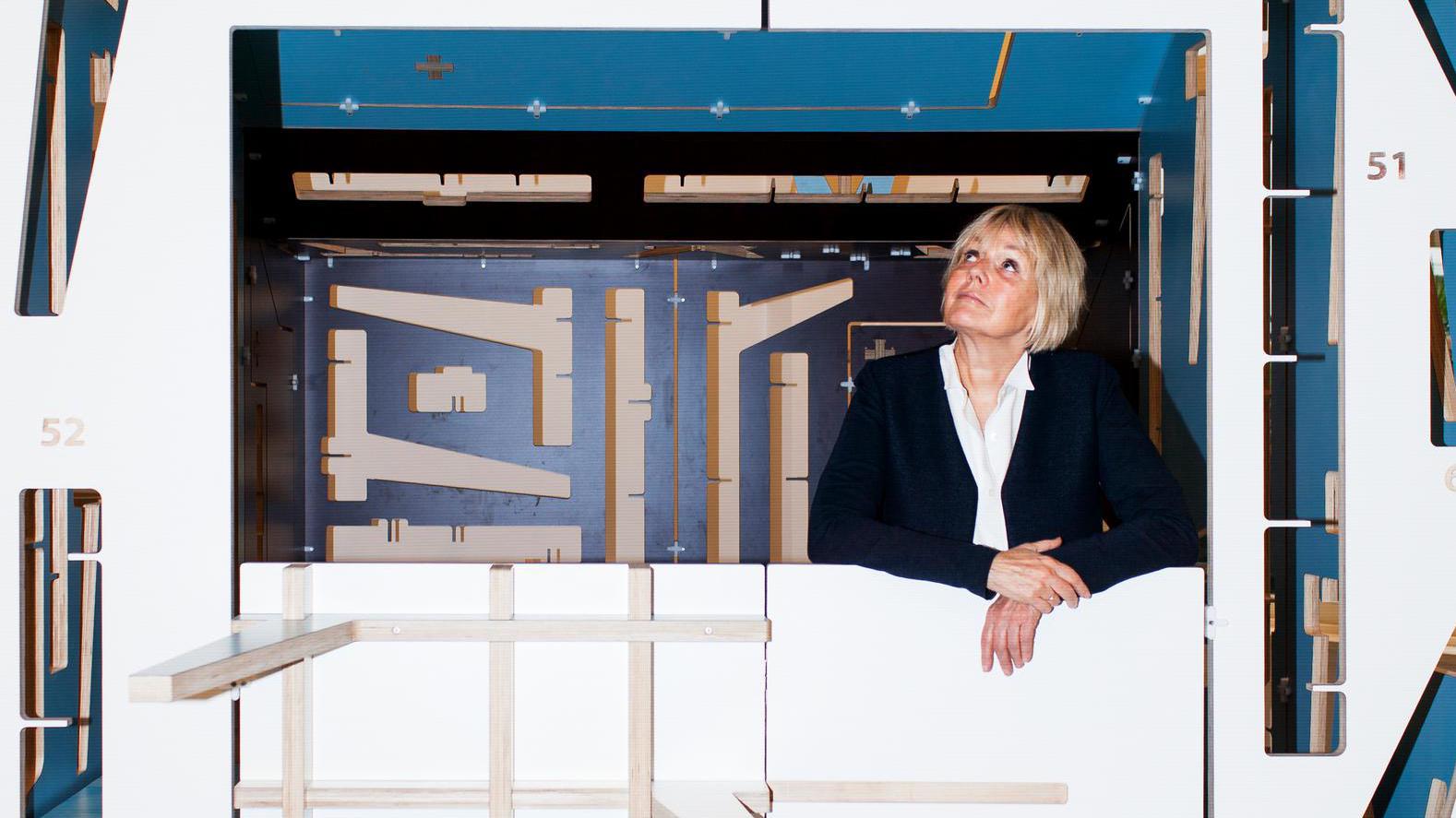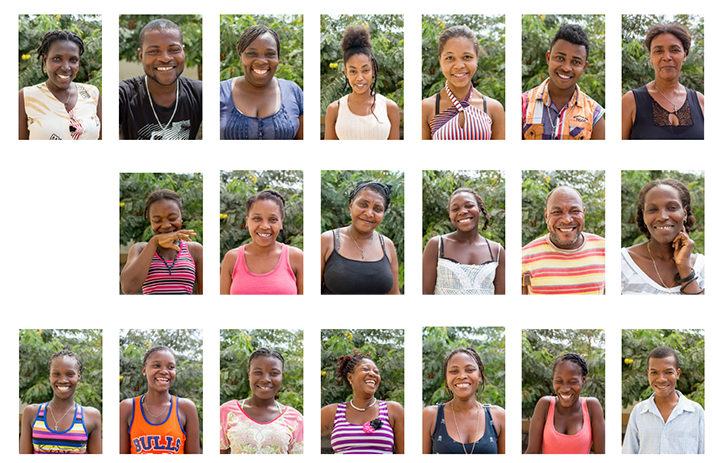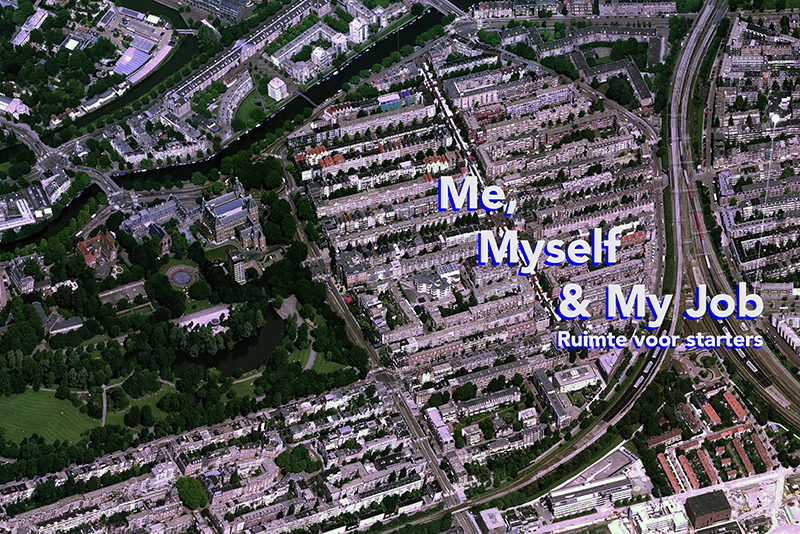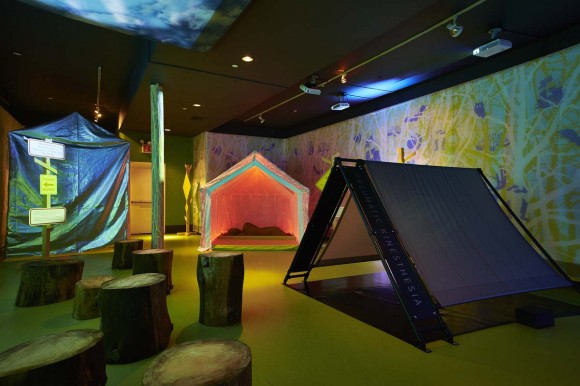Coloured by Sweat; a unique dehydration warning system in the Nissan Juke, created by designer Paulien Routs

Droog partners with Nissan to apply a unique dehydration warning system in the Nissan Juke; the system is created by designer Paulien Routs.
The steering wheel and driver seat in the Nissan Juke compact crossover turn blue or yellow or colours in between, indicating the sweat and dehydration level of the driver.
The car employs a sweat-sensitive textile coating called SOAK, which changes colour when in contact with perspiration. The solution analyses the composition of a person’s sweat and changes colour if the values of the micro-fluids change. The solution reacts to both sweat on skin and sweat on clothing. Paulien Routs worked closely with a chemist in order to achieve the correct solution that would be able to accurately determine hydration levels.
SOAK, originally the brainchild of designer Paulien Routs, was developed in Droog’s program Reality Tanks, initiated in 2013 to push innovative concepts of young designers forward in collaborations with academic researchers and commercial partners. SOAK was developed in 2014 in collaboration with Thewa Innovation, The Dutch Cosmetic Association and cosmetic doctor Annebeth Kroeskop.
Paulien Routs: “I originally created SOAK to be used on workout attire, but when Nissan approached me with plans to implement the technology in a Juke crossover for a one-off media activation, I thought it was fantastic. Within my work I aim to create innovative materials or designs that create new interactions with the user, that offer information about, in this case, the condition of our body. It’s about contextualising design in a new way.”
Apart from the project with Nissan, Droog and Paulien Routs continue to work on the application of SOAK on workout attire.
